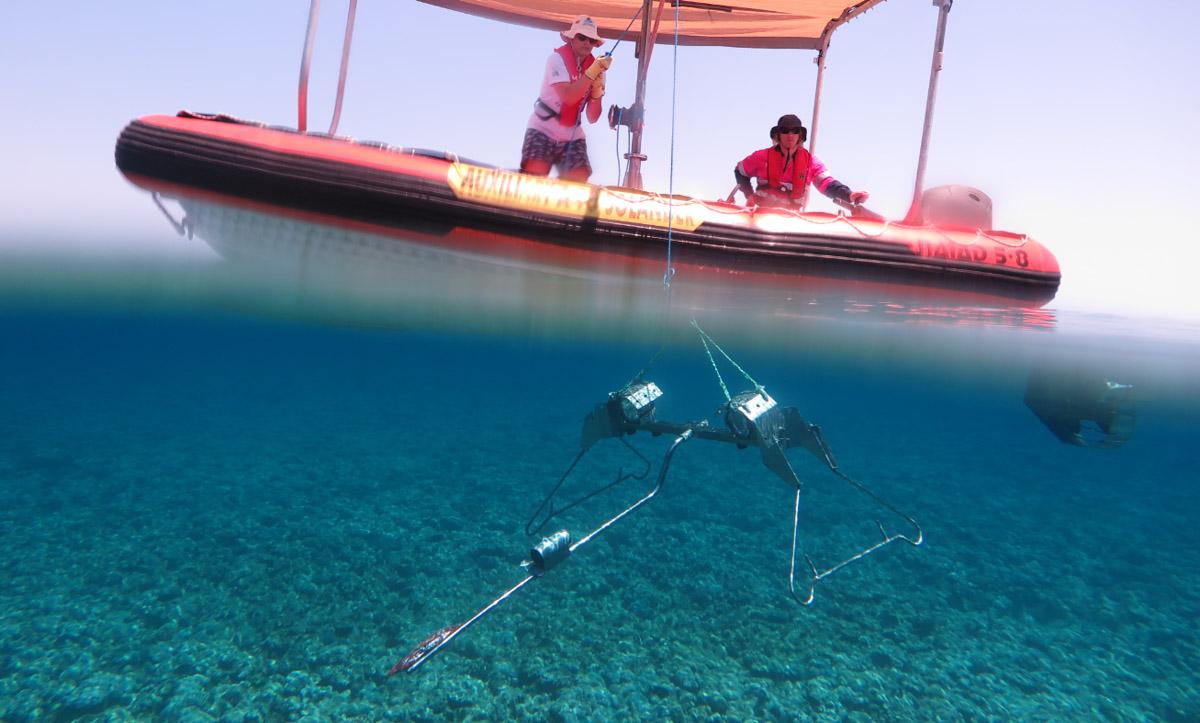Artificial intelligence may soon be counting and classifying Australia’s tropical fish populations if at least one of the four Australian technology businesses to receive Australian Government seed funding is successful.
The four small to medium-sized businesses are sharing funding of almost $400,000 from the latest round of the Department of Industry, Science, Energy and Resources’ Business Research and Innovation Initiative.
The businesses will use the funding to address a challenge set by the Australian Institute of Marine Science (AIMS).
They will each run a project to scope the feasibility of creating an innovative solution to analyse fish video survey data, harnessing advanced technologies such as machine learning and artificial intelligence.
Currently, AIMS uses Baited Remote Underwater Video Stations (BRUVS) to capture footage of fish populations to better understand reef health.
The method can give estimates of the fish species present, their numbers, sizes and biomass which provide critical indicators of the health of the fish community, but it has a drawback.
This BRUVS footage, which can capture up to 70 different species per video, is manually analysed by an experienced researcher – a labour-intensive and time-consuming task which limits the ability to scale-up data collection.
The challenge is to develop technology that can learn to identify different species, count them, and measure fish length, quickly and efficiently delivering critical information about fish communities, removing the potential for observer bias.
The solution needs to be easy enough for a non-technical user to operate – such as citizen scientists and Indigenous and local communities – which would lead to a significant scaling up of the data collected in Australia and beyond.
It could also provide opportunities to expand the monitoring other marine life including sharks, rays and sea snakes.
AIMS Technology Development Engineering Team Leader Melanie Olsen said it was AIMS’ first BRII Challenge and they were delighted with the strong interest it attracted and the large number of high-quality applications.
The four companies (Tekno (GAIA Resources), Mapizy, Silverpond and Harrier Project Management) will be competing to produce the most compelling feasibility study. The top two solutions will then each be eligible for a grant of up to $1 million to work with AIMS to develop a prototype.
“We look forward to working closely with these technology innovators to develop a solution that could potentially revolutionise the way diverse fish populations are monitored, not only in Australia, but across the world,” Ms Olsen said.
“This is another example of the way we work with industry to apply new technologies, such as AI, to the problems our ecologists are facing and to expand our capabilities and the services we can deliver to the Australian public.”

